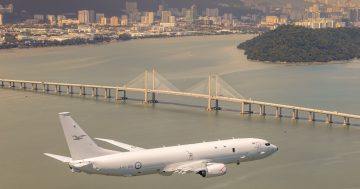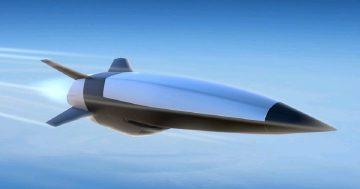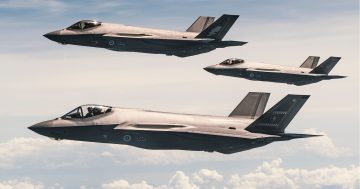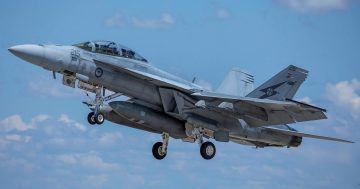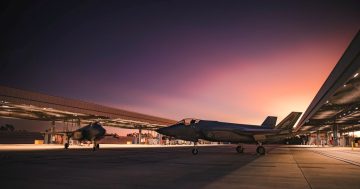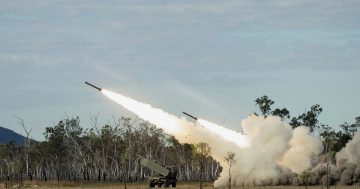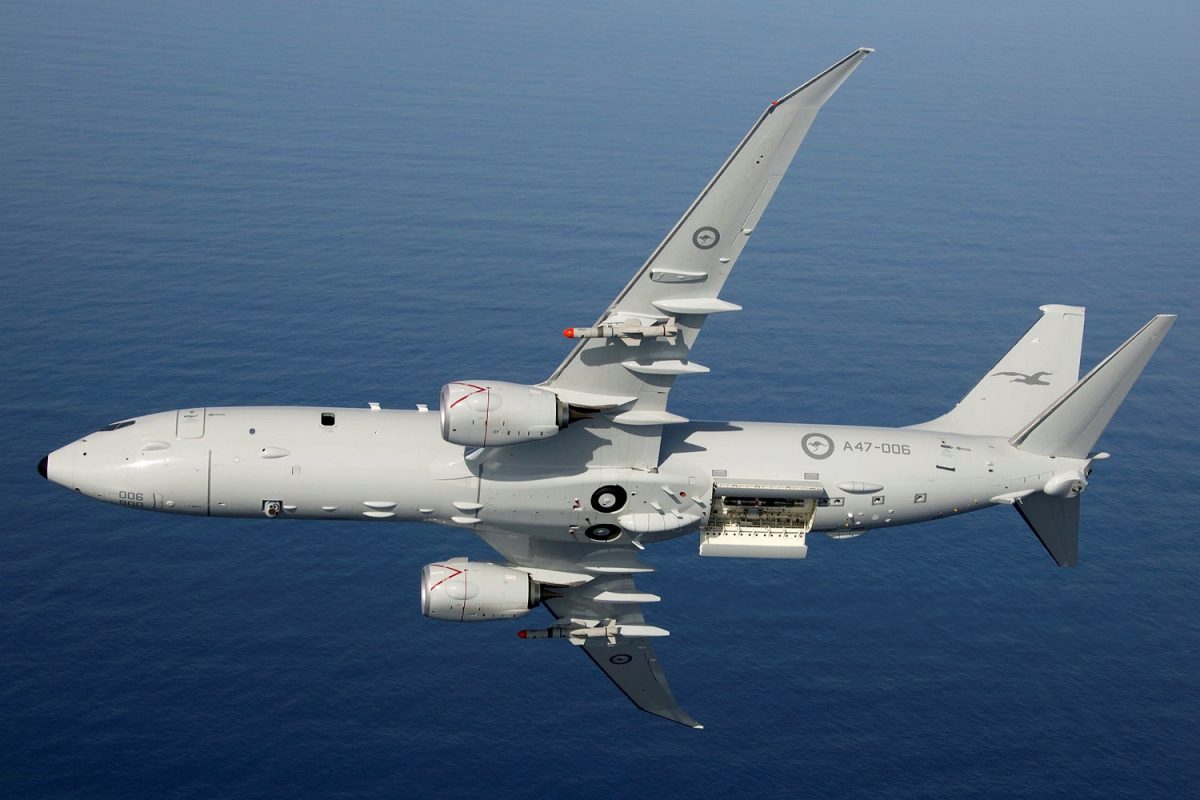
An RAAF P-8A armed with two Harpoon anti-ship missiles on its wings and sea mines in the open weapons bay. Photo: ADF.
The Royal Australian Air Force’s fleet of 14 Boeing P-8A Poseidon maritime patrol and response aircraft will receive a major upgrade to bring them up to the latest US Navy configuration.
The upgrade will be conducted under project AIR 7000 Phase 2C from 2026, and will bring the aircraft up to the latest Increment 3 Block 2 configuration.
“The upgrades to the fleet of Poseidon aircraft strengthens our ability to secure and protect Australia’s maritime interests,” Minister for Defence Industry Pat Conroy said on Tuesday (19 September).
The RAAF joined the US Navy as a cooperative development partner on the P-8A program in 2012, giving the RAAF a stake in developing and defining the aircraft’s capabilities and configuration. One Australian development was a Search and Rescue kit comprising a lift raft and supplies that could be carried in the aircraft’s weapons bay and dropped to a vessel in trouble if required.
From 2016 the P-8A replaced the venerable and much-loved Lockheed AP-3C Orion, which had been in service in the anti-submarine and maritime patrol role since the 1980s. The RAAF has two AP-3Cs remaining in service, but these are heavily modified to perform a specialist electronic intelligence (ELINT) role and will be replaced by four new Gulfstream/L3Harris MC-55A Peregrines from 2024.
The RAAF’s P-8As are based at RAAF Edinburgh near Adelaide and are operated by No 11 (operational) Squadron and No 292 (training) Squadron.
The P-8A was developed from the commercial Boeing 737 airliner and combines the 737-800 model’s fuselage with the 737-900ER’s wing, and adds a weapons bay, fuselage and wing weapons hardpoints, the ability to be refuelled in mid-air, and various apertures and antennas for sensors and communications.
Apart from the traditional anti-submarine role, the P-8A is also capable of performing anti-ship strike, search and rescue, and maritime and overland intelligence, surveillance and reconnaissance (ISR) missions.
As a cooperative development partner, the RAAF’s P-8As will be maintained in a common configuration as the US Navy’s aircraft, thus making them able to be fully integrated when operating together, as well as being part of a common supply chain of spares and sustainment.
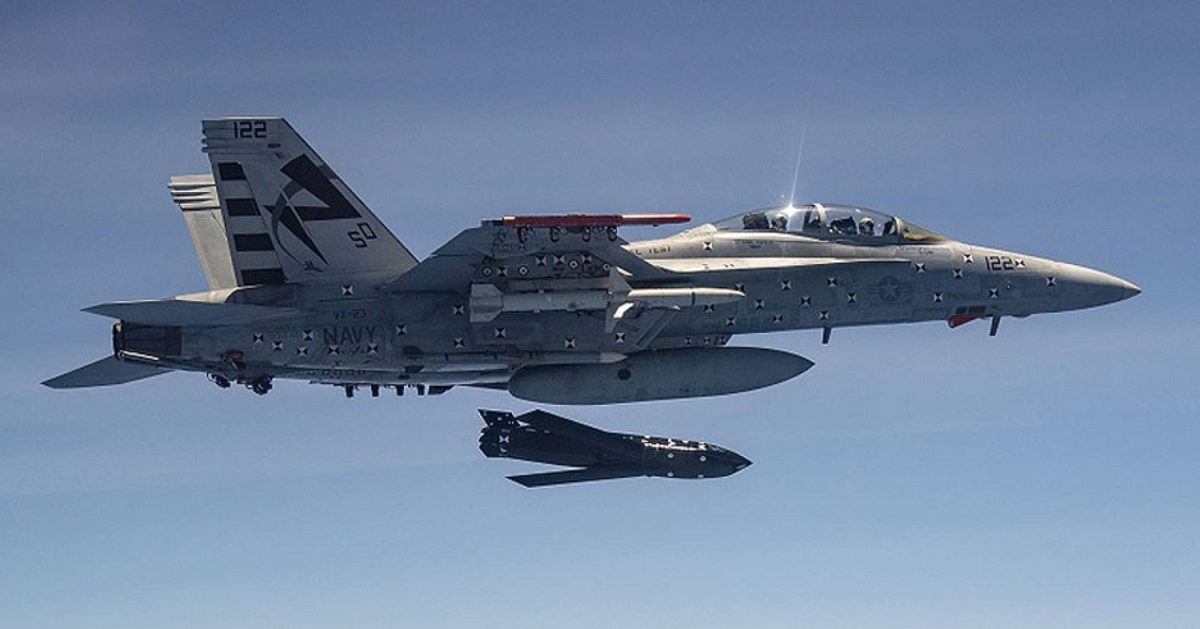
The AGM-158C will be integrated with the RAAF’s F/A-18F and F-35A combat aircraft, and to the P-8A. Photo: US Navy.
One of the key capabilities to be added under Increment 3 is the ability to employ the Lockheed Martin AGM-158C long-range anti-ship missile (LRASM), which is being acquired under Project AIR 3023 Phase 1. Other improvements will be made to the aircraft’s anti-submarine capabilities, its acoustic sensors, and to its datalinks.
The US Navy initiated a project to integrate the LRASM with the P-8A in early 2020, but it is not known if it has flight tested or launched the weapon from a P-8A yet.
The RAAF has or will operate all three variants of the AGM-158 family – the 400km-range AGM-158A JASSM was carried by the now-retired F/A-18A-B classic Hornet fighters, the 800-km range AGM-158B JASSM-ER has been selected for the F/A-18F Super Hornets, and the LRASM which has a range of more than 900km and will also be carried by the Super Hornets as well as the F-35A and now, the P-8A.
Based on a similar stealthy airframe with foldout wings, the three AGM-158 variants differ in their engine sizes, fuel capacity, seekers and guidance systems, and warheads.
The LRASM will initially augment the Boeing AGM-84 Harpoon anti-ship missile in service. The smaller Harpoon has a 200 km range and is not stealthy. The P-8A can carry two Harpoons on each wing as they are too large for the internal weapons bay. The larger LRASM will also need to be carried on the wing stations.
The LRASM is equipped with an onboard digital library of ship silhouettes and AI-enabled software, which allows it to autonomously target and attack moving ships in crowded waterways or in littoral regions, but also has jam-resistant GPS/INS, an infrared seeker, and datalinks. It flies at medium altitude en route to its target area, before dropping to skim just above the ocean’s surface during its attack run.
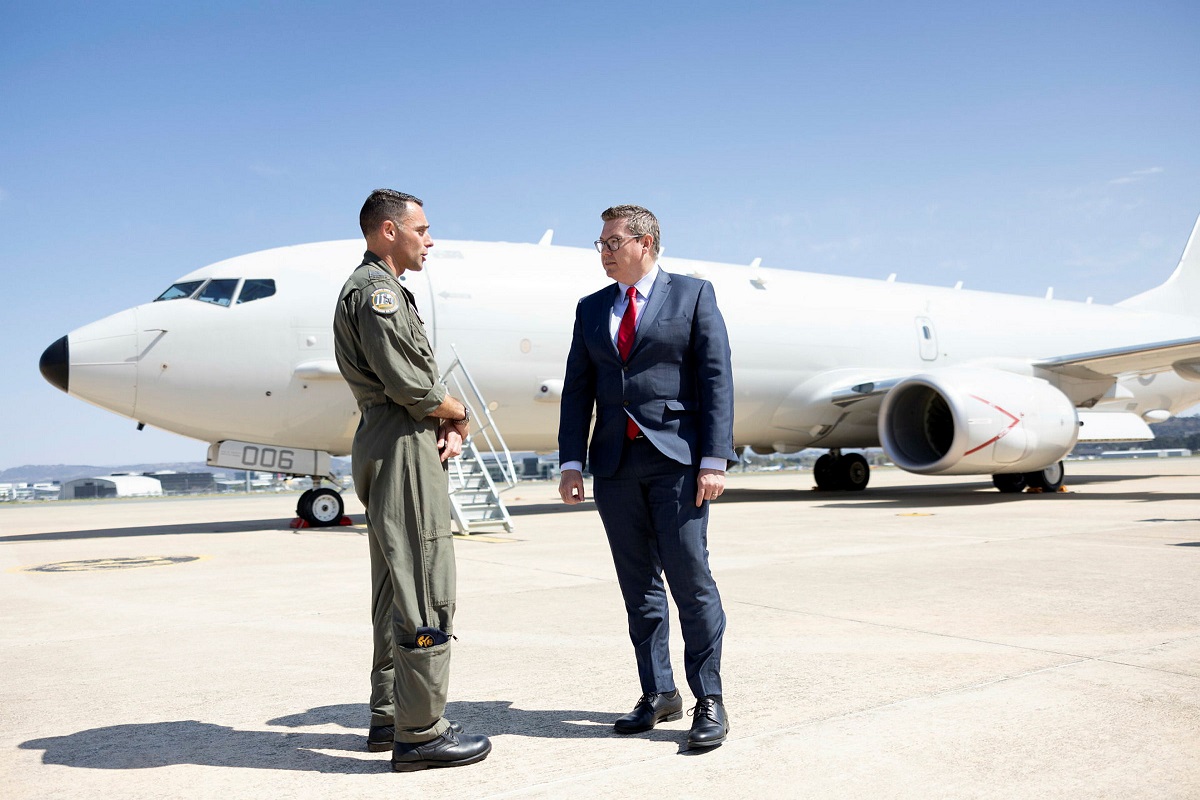
Commanding Officer of 11 Squadron Wing Commander Adam Saber, Defence Industry Minister Pat Conroy and a P-8A Poseidon at Canberra’s Fairbairn Defence Establishment on 19 September. Photo: ADF.
Australia was approved by the US Government to buy the LRASM in February 2020, and a contract for the first Australian stocks was reportedly awarded in February 2021. It is not known if the missile has entered RAAF service yet, but the government announced the acquisition in September 2021 and again in the Defence Strategic Review (DSR) released in April 2023.
Original Article published by Andrew McLaughlin on Riotact.


